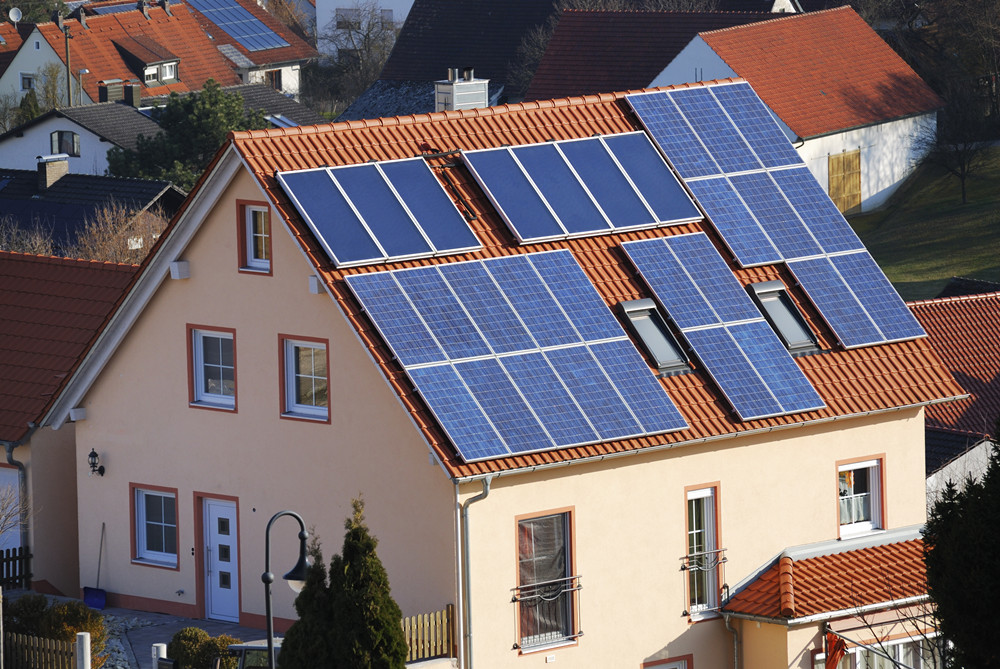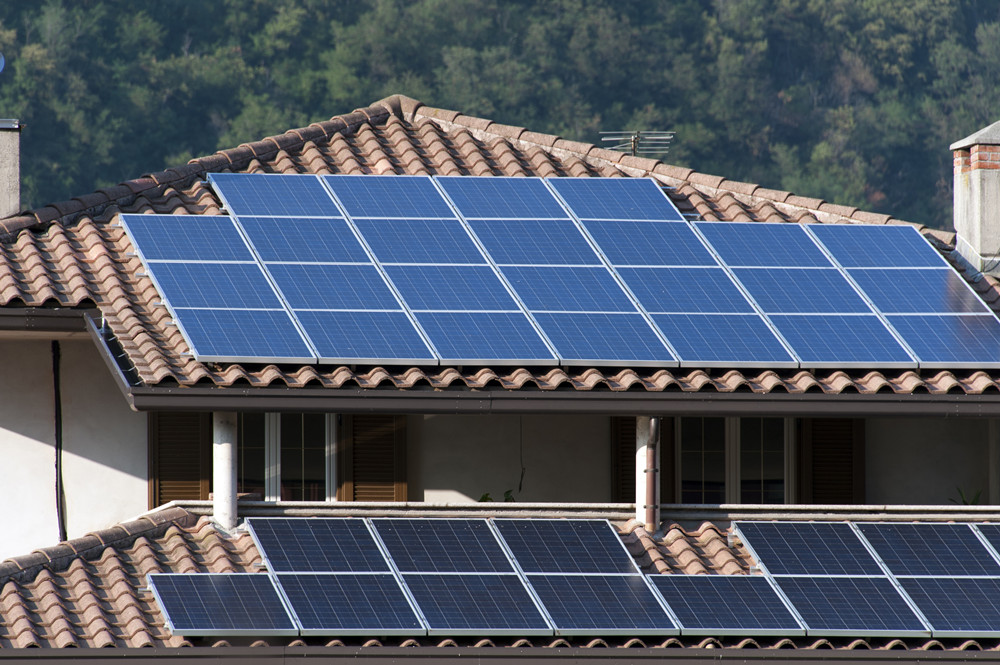Solar Energy: An Overview
With the growing threat of climate change due to the excessive release of carbon emissions, many nations are looking to clean energy alternatives to replace traditional fossil fuels.
Of all the clean energy alternatives, solar has arguably been the most expensive though prices have been declining. However, after considering the pros and cons along with the expectation that prices will continue to decline, the future of solar energy is looking rather bright.
The pros of solar energy include that it is a sustainable alternative to fossil fuels and has a low impact on the environment and the potential for any country to produce it. The cons are that it only produces energy when the sun is shining, needs a significant amount of land, and that certain solar technologies require rare materials.

KEY TAKEAWAYS
1.Solar energy is becoming an increasingly cost-competitive alternative to fossil fuels.
2.Solar energy is a sustainable energy source, has a low environmental impact, and promotes energy independence.
3.On the other hand, it is limited by how long the sun is out, may cause a scarcity of materials, and contains hazardous materials similar to electronics.
4.Pricey disadvantages of solar energy may be rendered negligible by technological advances that increase efficiency and storage capacity.
5.Increasing the incentives for the development of solar energy may be worthwhile.
The Advantages of Solar Energy
1.Sustainability
The advantage of solar energy is that it is a sustainable alternative to fossil fuels. While fossil fuels have an expiration date that may be fast approaching, the sun is likely to be around for at least a few billion years.
2.Low Environmental Impact
Solar energy has a substantially reduced impact on the environment compared to fossil fuels. Its greenhouse gas emissions are inconsequential as the technology does not require any fuel combustion. Also, although concentrating solar thermal plants (CSP) are comparatively inefficient in their water usage depending on the type of technology being used, the right technology significantly increases efficiency while photovoltaic (PV) solar cells do not require any water when generating electricity.
Important:Solar energy technology is becoming an increasingly cost-competitive alternative to fossil fuels, though it remains somewhat expensive in certain markets.
3.Energy Independence
Since the sun shines across the globe, it makes every country a potential energy producer, thus allowing for greater energy independence and security. Solar energy doesn’t only promise to bring security and independence at the national level; solar panels can be installed on individual homes, providing power that does not depend on being connected to a larger electrical grid.

The Disadvantages of Solar Energy
1.Intermittency
One of the biggest problems that solar energy technology poses is that energy is only generated while the sun is shining. That means nighttime and overcast days can interrupt the supply. The shortage created by this interruption would not be a problem if there were low-cost ways of storing energy as extremely sunny periods can actually generate excess capacity. As the global capacity for solar power continues to rise, nations like Japan and other global leaders in solar energy technology are focusing on developing adequate energy storage to deal with this issue.
2.Land Use
Another concern is that solar energy may take up a significant amount of land and cause land degradation or habitat loss for wildlife. While solar PV systems can be fixed to already existing structures, larger utility-scale PV systems may require up to 3.5 to 10 acres per megawatt and CSP facilities require anywhere from 4 to 16.5 acres per megawatt.
However, the impact can be reduced by placing facilities in low-quality areas or along existing transportation and transmission corridors.
3.Scarcity of Materials
Certain solar technologies require rare materials in their production. This, however, is primarily a problem for PV technology rather than CSP technology. Also, it is not so much a lack of known reserves as much as it is the inability of current production to meet future demand: Many of the rare materials are byproducts of other processes rather than the focus of targeted mining efforts. Recycling PV material and advances in nanotechnology that increase solar-cell efficiency could both help boost supply, but perhaps finding material substitutes that exist in greater abundance could play a role.
4.An Environmental Downside
The one environmental downside to solar technology is that it contains many of the same hazardous materials as electronics. As solar becomes a more popular energy source, the problem of disposing the hazardous waste becomes an additional challenge. However, assuming the challenge of proper disposal is met, the reduced greenhouse gas emissions that solar energy offers make it an attractive alternative to fossil fuels.






